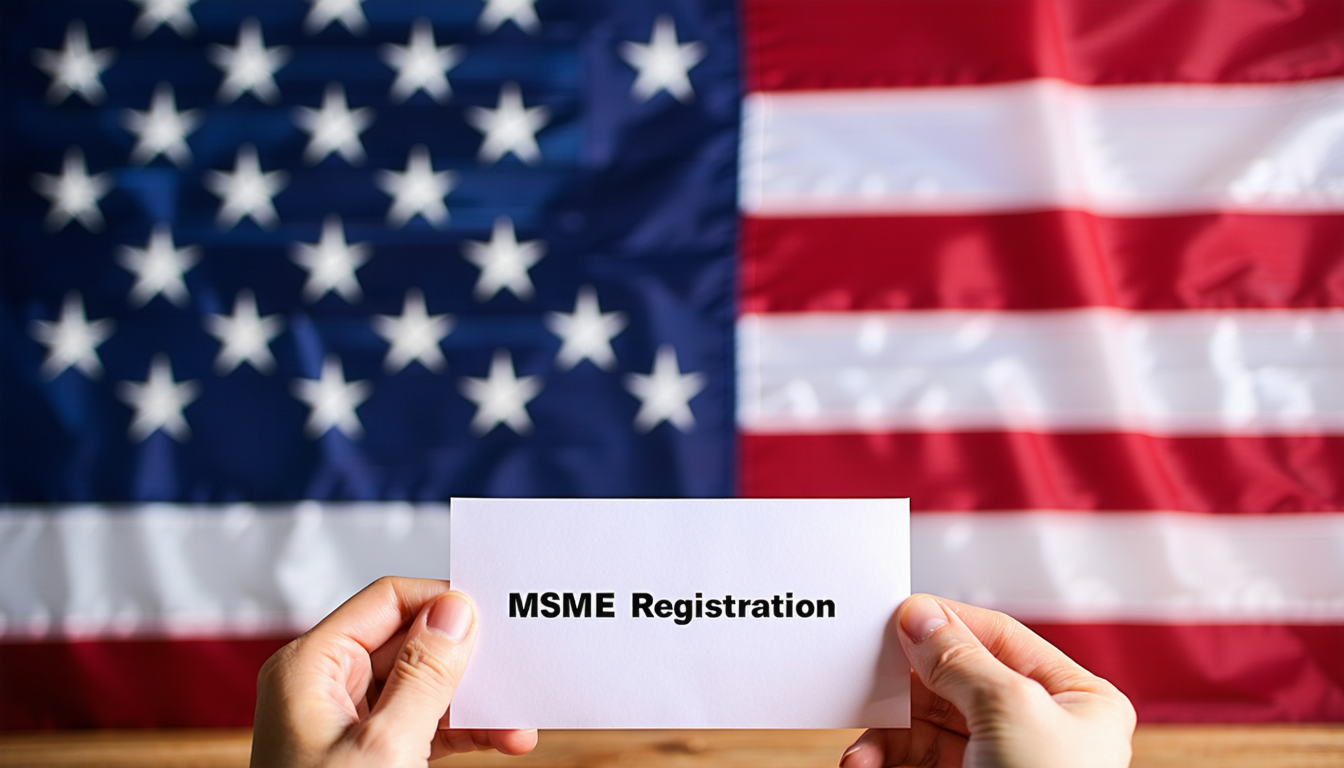Introduction
Navigating the world of small business ownership in the United States can be daunting, but securing MSME registration offers a vital stepping stone for entrepreneurs. Micro, Small, and Medium Enterprises (MSMEs) are the backbone of the economy, contributing significantly to job creation and innovation. While the term “MSME” is more commonly used globally, in the U.S., similar classifications fall under Small Business Administration (SBA) programs. This article provides a detailed roadmap on how to get MSME registration or its equivalent in the U.S., highlighting key steps, benefits, and recent updates for aspiring business owners.
Understanding MSME Registration in the U.S. Context
In the United States, there is no direct “MSME registration” as defined by international standards. Instead, businesses seeking similar recognition must register with the Small Business Administration (SBA) or obtain certifications for small business status. The SBA categorizes businesses based on size standards, which vary by industry and are determined by annual revenue or number of employees. As of 2023, the SBA reports that small businesses account for 99.9% of all U.S. businesses, employing nearly 61.7 million people.
This classification opens doors to federal contracts, loans, and grants. For instance, the SBA’s 8(a) Business Development Program supports disadvantaged small businesses with mentorship and procurement opportunities. Understanding these classifications is the first step for entrepreneurs aiming to leverage government support.
Step-by-Step Guide on How to Get MSME Registration
Securing small business status or certification in the U.S. involves a clear process. Here’s a breakdown of essential steps to guide you:
- Determine Eligibility: Check if your business meets SBA size standards for your industry. For example, a manufacturing business may qualify with fewer than 500 employees, while a retail business might need annual receipts under $7.5 million.
- Register Your Business: Obtain an Employer Identification Number (EIN) from the IRS and register your business structure (LLC, corporation, etc.) with your state.
- Get a DUNS Number: A Data Universal Numbering System (DUNS) number from Dun & Bradstreet is required for federal contracting.
- Register on SAM.gov: The System for Award Management (SAM) is mandatory for businesses seeking government contracts or grants.
- Apply for Certifications: Explore SBA certifications like 8(a), HUBZone, or Women-Owned Small Business (WOSB) programs to gain additional benefits.
According to Jane Harper, a small business consultant, “Completing these registrations not only boosts credibility but also unlocks funding opportunities that can be game-changers for startups.”
Benefits and Impact of Small Business Certification
Achieving small business status through the SBA has far-reaching implications. Certified businesses gain access to federal contracts set aside specifically for small enterprises—worth over $150 billion annually as of 2022 data from the SBA. Additionally, programs like the Paycheck Protection Program (PPP) have provided critical financial relief to millions of small businesses during economic downturns.
For stakeholders, including local communities, this translates to job growth and economic stability. However, some critics argue that navigating the bureaucratic process can be overwhelming for new entrepreneurs without adequate resources or guidance. Despite this, the long-term advantages often outweigh initial hurdles.
Recent Updates and Future Outlook
In 2023, the SBA introduced streamlined digital tools to simplify registration processes on SAM.gov, reducing processing times by nearly 30%. Additionally, funding allocations for small business grants have increased by $1.2 billion under recent federal budgets, signaling stronger government support. Looking ahead, experts predict further policy reforms to include more diverse businesses under certification programs, addressing gaps in accessibility.
The significance of these developments cannot be overstated. As more businesses secure certifications, competition for federal contracts may intensify, pushing owners to innovate and differentiate. Balancing inclusivity with fair competition will be a key challenge for policymakers in the coming years.
Conclusion
Understanding how to get MSME registration—or its U.S. equivalent through SBA programs—is crucial for small business owners aiming to thrive in a competitive landscape. From eligibility checks to leveraging digital tools like SAM.gov, each step brings entrepreneurs closer to valuable resources and opportunities. With recent updates easing access and increasing funding, now is an opportune time to pursue certification. By staying informed and proactive, business owners can position themselves for sustainable growth and contribute meaningfully to the U.S. economy.
Frequently Asked Questions (FAQs)
1. What is MSME registration in the United States?
In the U.S., MSME registration aligns with Small Business Administration (SBA) classifications and certifications for small businesses, offering access to federal contracts and funding.
2. How long does it take to complete SBA registration?
The process varies but typically takes 2-6 weeks, depending on the complexity of your application and whether you’re using platforms like SAM.gov.
3. Are there costs associated with getting certified?
While basic registrations like EIN are free, some certifications or DUNS number applications may involve nominal fees.
4. Who qualifies as a small business under SBA rules?
Eligibility depends on industry-specific size standards based on revenue or employee count, detailed on the SBA’s official website.
5. Can I apply for multiple SBA certifications?
Yes, businesses can apply for multiple programs like 8(a), HUBZone, or WOSB if they meet specific criteria for each.





